Meet the future of public transportation: self-driving modules.


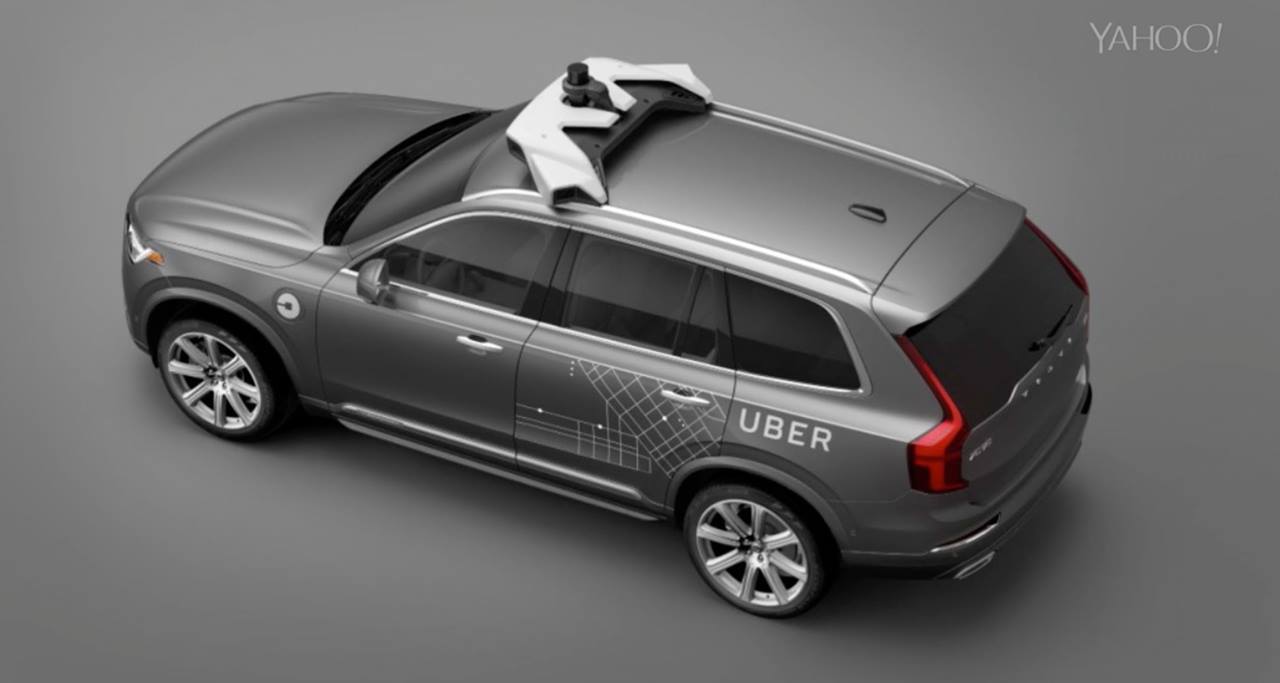

If a self-flying taxi scheme didn’t come from the world’s second largest aeronautical company, we might think it was a prank. However, Airbus appears to be serious about its “Vahana” project, aimed at creating an autonomous passenger drone network, and thinks testing can begin as early as 2017. That sounds ambitious, to say the least, but “many of the technologies needed, such as batteries, motors and avionics are most the way there,” according to Airbus engineer Rodin Lyasoff.
Users arriving at, say, an airport would book a seat on a so-called zenHop “CityAirbus” drone, then proceed to a “zenHub” helipad, according to the concept. They’d be flown to their destination for about the same cost as a taxi, since the ride would be shared by several passengers. Luggage would be delivered by another service (zenLuggage, of course), and the whole thing would be safeguarded from hackers by (wait for it) zenCyber.
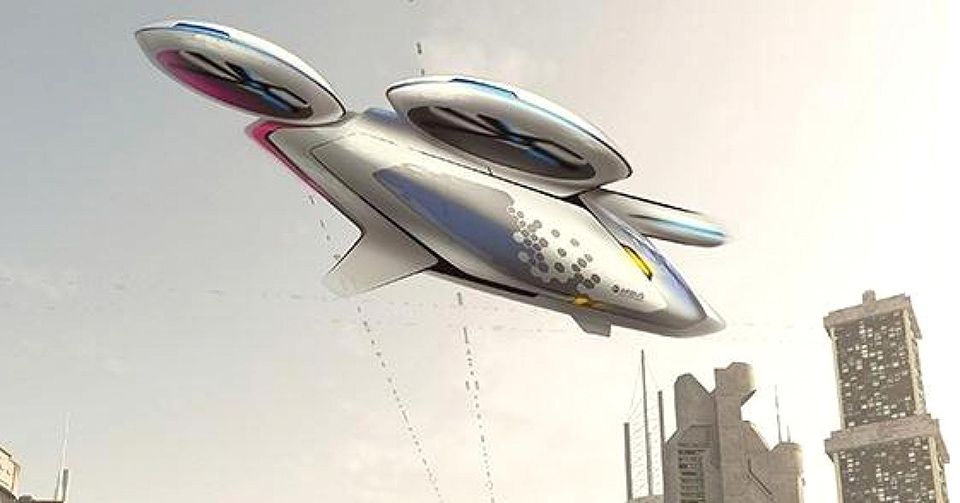

The method would assist governments and charities trying to fight poverty but lacking precise and reliable information on where poor people are living and what they need, the researchers based at Stanford University in California said.
Eradicating extreme poverty, measured as people living on less than $1.25 U.S. a day, by 2030 is among the sustainable development goals adopted by United Nations member states last year.
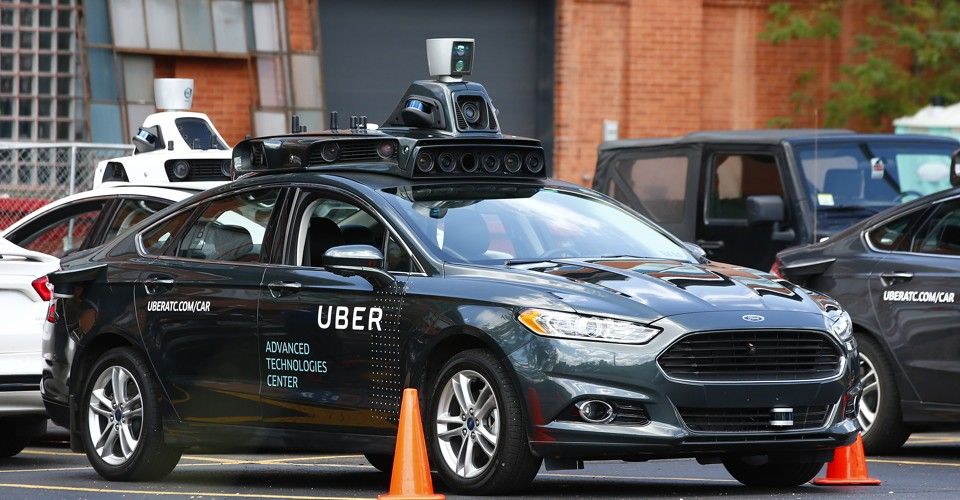
Researchers estimate that driverless cars could, by midcentury, reduce traffic fatalities by up to 90 percent. Which means that, using the number of fatalities in 2013 as a baseline, self-driving cars could save 29,447 lives a year. In the United States alone, that’s nearly 300,000 fatalities prevented over the course of a decade, and 1.5 million lives saved in a half-century. For context: Anti-smoking efforts saved 8 million lives in the United States over a 50-year period.
The life-saving estimates for driverless cars are on par with the efficacy of modern vaccines, which save 42,000 lives for each U.S. birth cohort, according to the Centers for Disease Control.
Globally, there are about 1.2 million traffic fatalities annually, according to the World Health Organization. Which means driverless cars are poised to save 10 million lives per decade—and 50 million lives around the world in half a century.

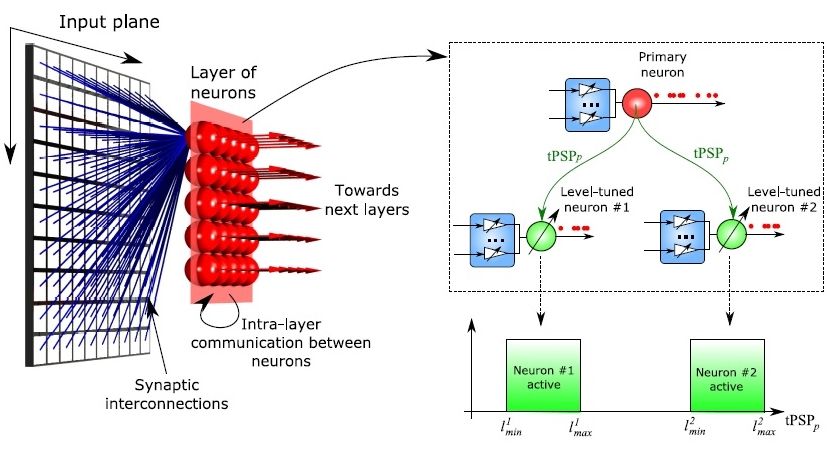
(Phys.org)—When you hear a sound, only some of the neurons in the auditory cortex of your brain are activated. This is because every auditory neuron is tuned to a certain range of sound, so that each neuron is more sensitive to particular types and levels of sound than others. In a new study, researchers have designed a neuromorphic (“brain-inspired”) computing system that mimics this neural selectivity by using artificial level-tuned neurons that preferentially respond to specific types of stimuli.
In the future, level-tuned neurons may help enable neuromorphic computing systems to perform tasks that traditional computers cannot, such as learning from their environment, pattern recognition, and knowledge extraction from big data sources.
The researchers, Angeliki Pantazi et al., at IBM Research-Zurich and École Polytechnique Fédérale de Lausanne, both in Switzerland, have published a paper on the new neuromorphic architecture in a recent issue of Nanotechnology.
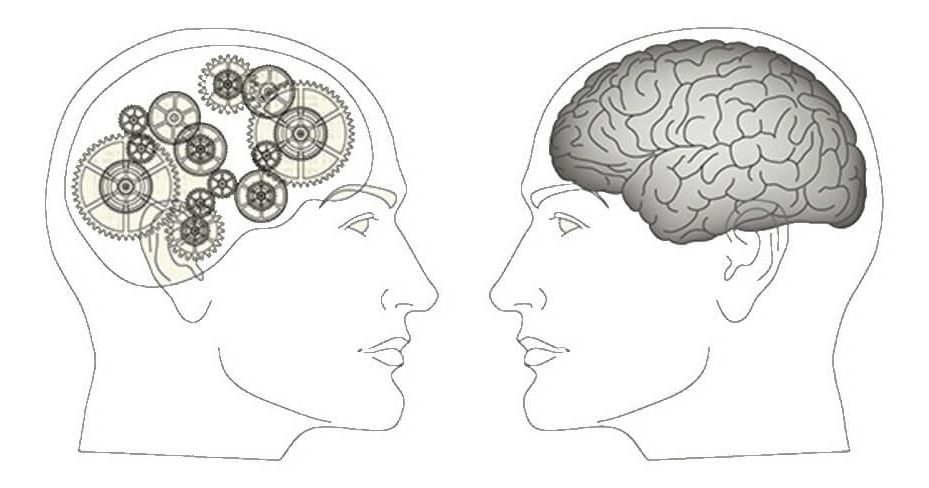


I hate saying “I told you so”; however, it has happened. Whenever, technology is easily acquired means the bad people also has the same access via many sources.
As early as November 2004, Hezbollah sent Iranian-supplied Mirsad drones into Israeli airspace on spy missions, catching Israeli air defenses off guard. Shortly thereafter, Hezbollah leader Hassan Nasrallah proclaimed that the Mirsad could penetrate “anywhere, deep, deep” into Israel while carrying more than 200 pounds of explosives.
It was a bold claim for the time. The United States was the first country to deploy a modern, armed drone—the Predator—in 2001. For several years, America possessed a virtual monopoly on weaponized flying robots.
Nasrallah was perhaps exaggerating, but he wasn’t bluffing. In August 2006 during Israel’s brief, bloody war with Hezbollah in Lebanon, the militant group launched three explosives-laden Ababil drones toward Israeli territory. Israeli jet fighters shot down all three robots.